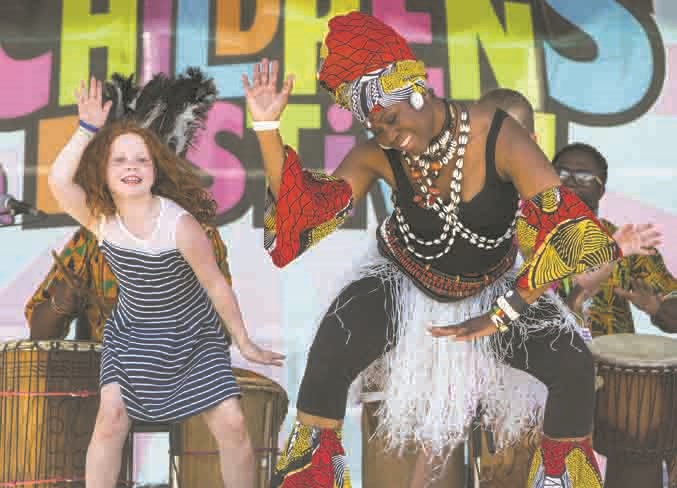The St. Albert International Children's Festival is on track to receive an extra $203,600 in funding from the city for 2019, due to the festival's decreasing revenues and increasing costs.
Councillors are currently considering the 2019 draft budget, which has earmarked those funds for the festival's summer events.
Diane McMordie, director of finance for the City of St. Albert, said the festival needs more funding because they have seen a decrease in ticket sales, a loss of grant funding, increased costs for venue rentals, and increases in the cost of labour and price of performers. The U.S.-Canada currency exchange rate has also weighed on the festival’s bottom line.
Both Coun. Sheena Hughes and Coun. Jacquie Hansen have expressed their reluctance to give more funding to the festival, with Hughes saying the city expects non-profit groups to do more with less. She pointed to the decreases in funding council delivered to several of its non-profits this month as an example.
“It’s a pretty substantial subsidy,” Hughes said.
She added she had thought the festival had been self-sustaining in the past.
“In the past, it has been pretty much self-sustaining and they have been able to build up a reserve. Some years there has been a surplus, other years deficits, depending on the weather, ticket sales and those kinds of things,” McMordie explained.
Right now, the festival's coffers are low and the organizers don’t see an influx of outside funding coming their way anytime soon.
Overall, the festival costs approximately $1.5 million to run, which is covered through in-kind donations, grants, money from the Friends of the Festival Society and city funding. In the past, the city has paid $500,000 for staffing and operating supplies – with the increase this year, that number would jump to around $700,000.
Paul Pearson, cultural business and events manager at the City of St. Albert, said the festival's grant and sponsorship revenue has been decreasing and the cost of labour has been increasing.
Grant funding has decreased by 25 per cent over the last five years.
Ticket sales for the festival have also been decreasing, Pearson noted, most notably to schools.
Two years ago, the festival took on a facility co-ordinator who has been tasked with reaching out to the community and schools.
“A lot of work is going into changing the programming and how we present the festival to the schools,” Pearson said.
If the festival does not receive funding from council, it would need to make substantial changes, such as reducing one of the venues, look at reducing the number of performances through the week or bringing in cheaper acts.
Another challenge the festival has been facing, Pearson said, is the folding of the Calgary International Children’s Festival, which used to share the costs of bringing in performers.
"Without that partnership in Calgary, it is more expensive to bring in those big-name acts. So we would be looking at reducing the level of programming,” Pearson said.
Over the past two years, the festival has been able to draw $102,635 from its reserves but has still had to reduce programming to minimize its operational deficits while the festival team attempts to transition to a more sustainable operating model. Right now, there is only $95,700 remaining in the reserve fund, which will be depleted within two years without additional funding sources.
Council will begin debating the budget Nov. 27.




